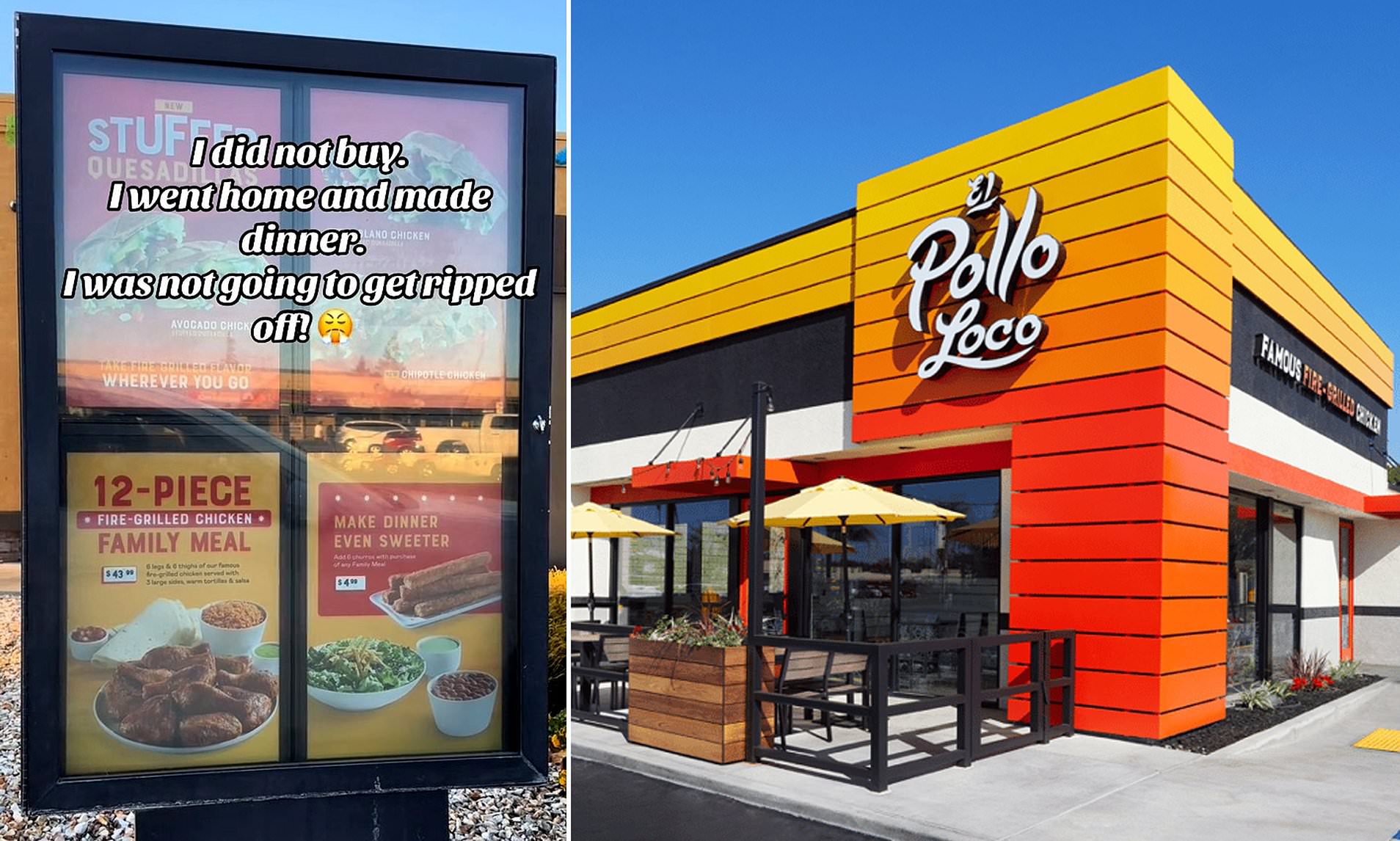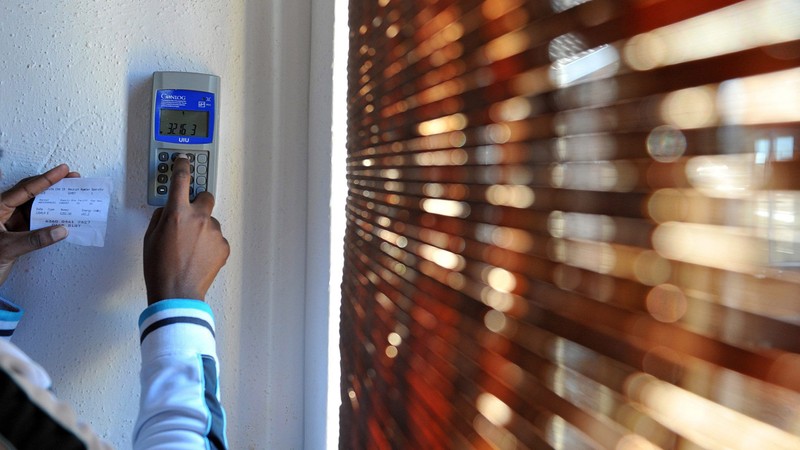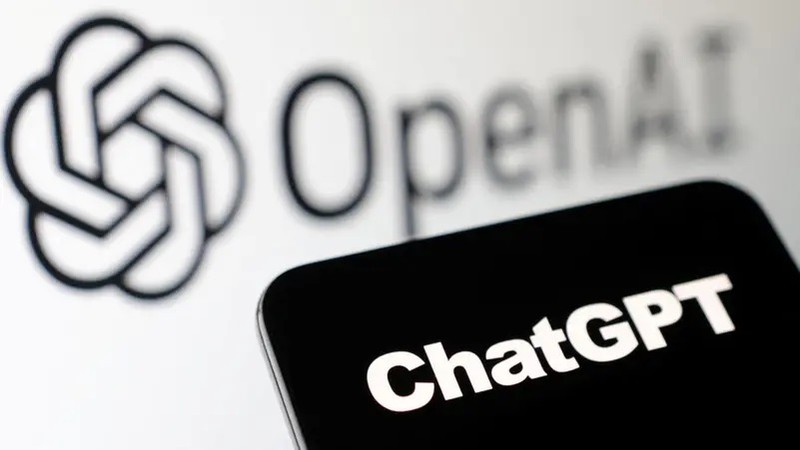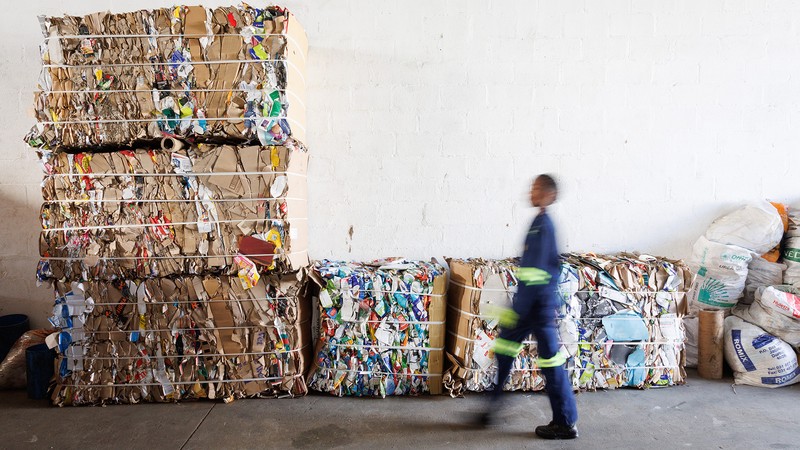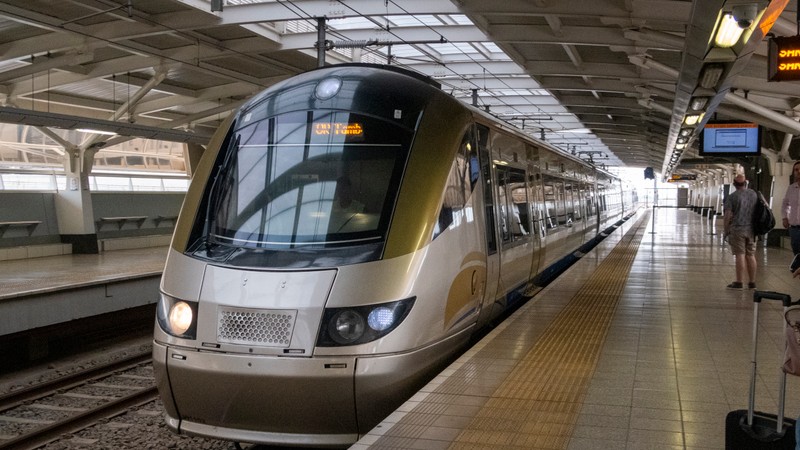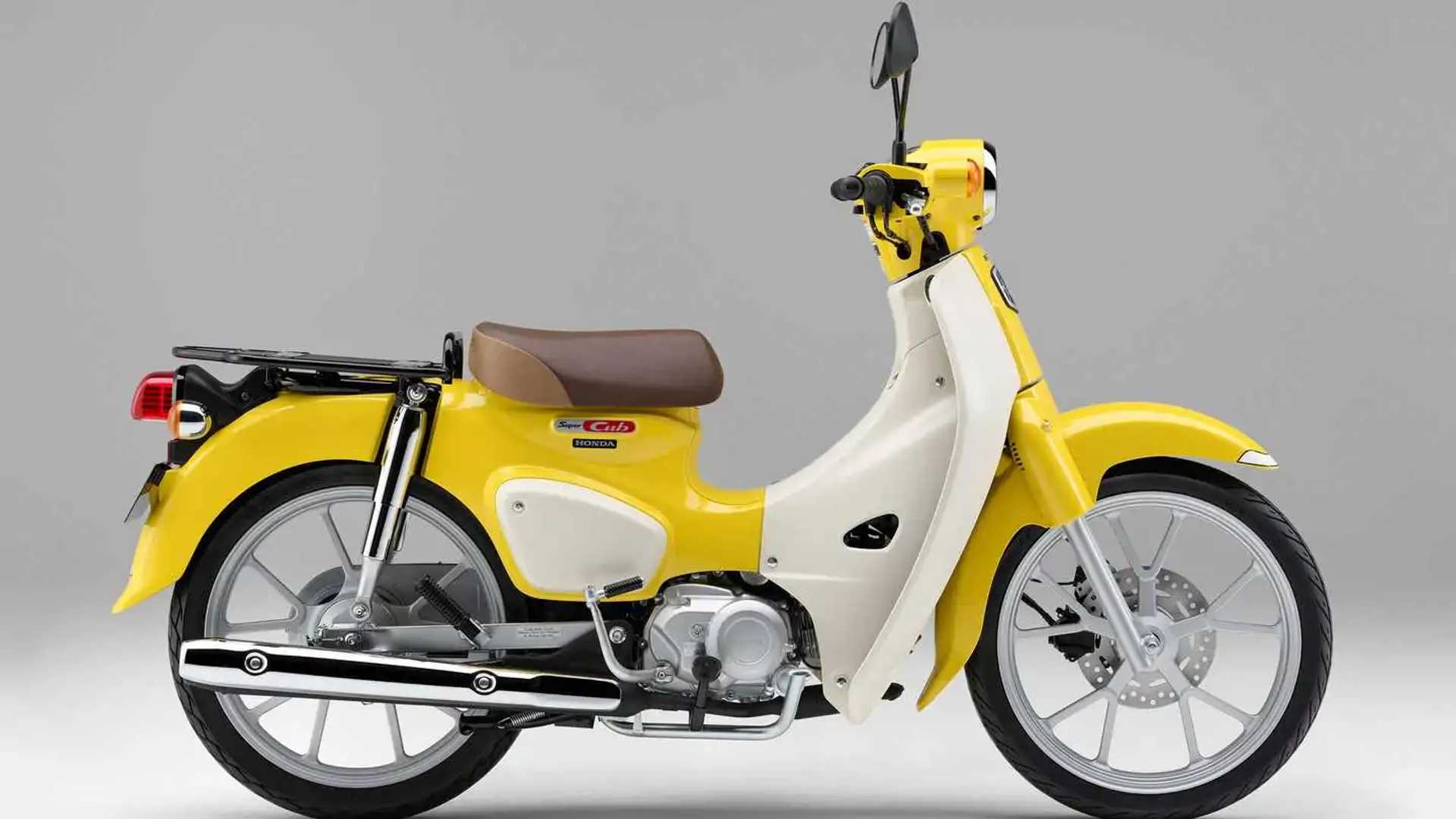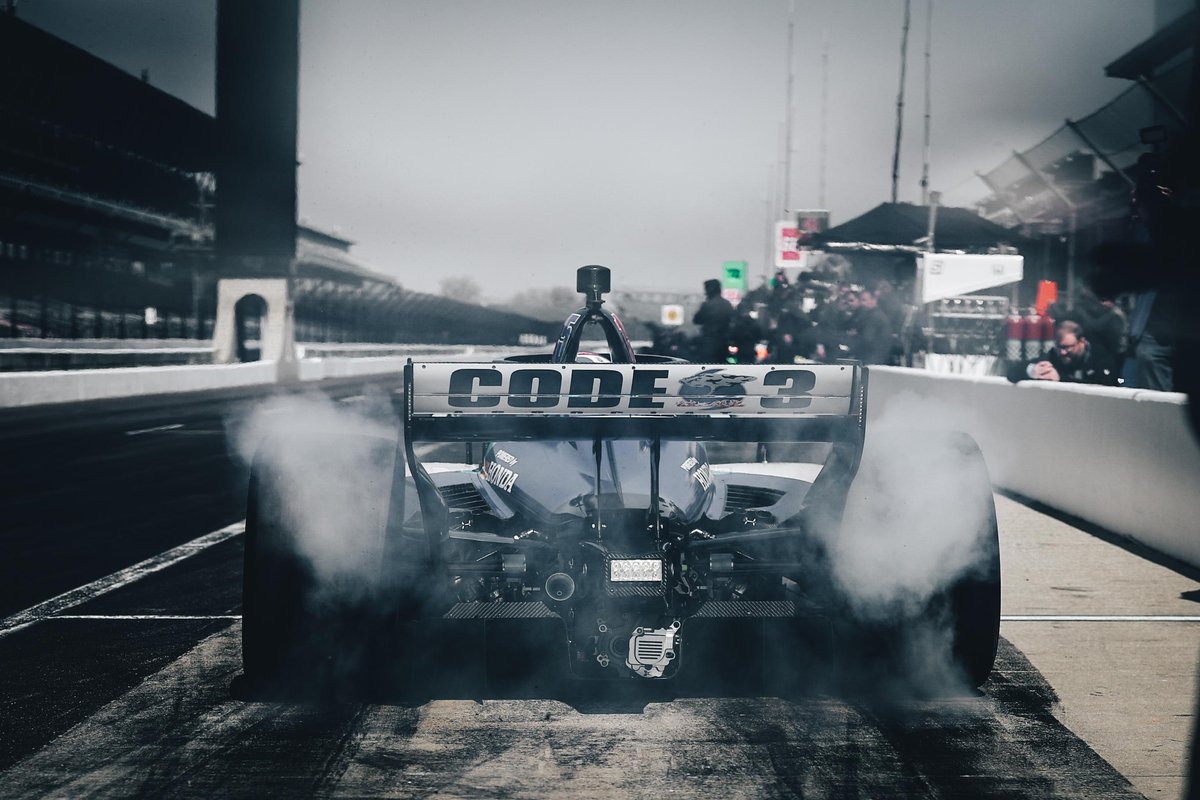
THE QUESTIONS THAT REMAIN UNANSWERED FOR INDYCAR’S NEW HYBRID SYSTEM
The IndyCar Series takes a step into a new era this weekend at Mid-Ohio, as it finally debuts its new electrical hybrid powertrain.
The current 2.2-litre, twin-turbocharged V6 internal combustion engine remains, but is now boosted by a low-voltage (48V) motor generator unit (MGU) via a supercapacitor energy storage system (ESS). These have been developed by series engine suppliers Chevrolet and Honda respectively, to deliver on their own desire to add a hybrid element to give it a road-relevant angle.
The MGU recovers energy to the ESS under braking, either automatically by software or the driver using the clutch paddle, and is then deployed at will into the drivetrain by the driver via a button on the steering wheel. This complements the existing push-to-pass overtake system.
Read Also:The idea is that the drivers get a much-more punchy power boost of 120bhp – when both systems are deployed together. The hybrid is good for half of that number.
“From the Chevrolet side, we want it to be good racing and we want the units to not interfere with the race, number one,” said Mark Stielow, director of motorsports competition engineering at General Motors.
“Number two is for it to be used by the drivers to make the racing more dynamic and more interesting for the spectators.
“So, this is another tool that we're bringing to the drivers to enable there to be a little bit better competition, a little more passing. The fans at home like to see active racing, so we're hoping this is another tool in the drivers' tool bag to demonstrate the talent between the drivers.”
IndyCar Hybrid MGU
Photo by: Honda
The good news here is that the system has been tested for over 30,000 miles and should be robust. On the day it was revealed by IndyCar that the hybrid had been delayed, Indianapolis 500 winner Josef Newgarden opined that there was no major issue with it, just that it was “probably prudent” to wait until now.
“We thought this was kind of a natural break in the season launching it at Mid-Ohio,” said IndyCar president Jay Frye. “We certainly wanted to be 100% ready, so we feel really good about where we're at.
“We feel really good about the technology, the performance, the supply, all of that. This is as good a time to do it as any.
Read Also:“We've been running a lot. We're really excited to see this thing launch this weekend.”
As with all new systems that are introduced, there are potential pitfalls and unintended consequences. We know that tyre supplier Firestone has already built harder and more robust rubber to deal with the extra power and added weight, because it’s caused issues with warm-up and making it more difficult to pass in general for the non-hybrid cars so far this year.
Another big question is how this system will influence fuel saving and the impact that has on the outcomes of races. Will the extra power encourage drivers to go on the attack, or will their strategists insist they save more, given that additional potential for attacking on in- and out-laps?
“It’s an energy recovery system, so you're taking some of the energy that would be thrown away to brake heat and being able to use that for propulsion,” added Stielow.
“As we start racing this thing in anger and we learn more about it, I'm sure Honda, and on my side, we'll be going through a lot of driving simulator optimisations on how we can best use this for performance and fuel economy gain.
Will Power, Team Penske Chevrolet pit stop
Photo by: Perry Nelson / Motorsport Images
“In these first few races, we don't know what we don't know, so I think we're going to be using it in anger. Sunday afternoon we'll all be standing around going, ‘wow, I didn't expect that’, but it's classic it'll be some engineering learnings.
“As the season goes on, we'll learn a lot more about it and then we'll probably have a much stronger and more refined package for next season.”
Wayne Gross, the manager of trackside engineering for Honda Racing Corporation USA, also believes we’ll get a lot of answers this weekend.
“We're going into it with a bit of unknown,” he admitted. “We've done a lot of testing, but it is a race with 27 cars and we'll see what happens.
“It's been a quick journey, but it feels like we've done four years' worth of work in 18 months. It's been very fun to be a part of. But we're pretty confident and pretty excited for it, and we'll work through [any problems that arise].
“I think it's really just, at the end of the day, what's best for the series, what's best for all of us, the collective whole, and that's a big part of it and what helps us go back to the people that fund this at American Honda to what's important to them with the hybrid.”
One thing the common system has done is brought an even closer working relationship between the engine suppliers, who will go back to trying to beat each other in the white heat of competition this weekend.
“For the most part, we were aligned on most things,” said Gross of the collaboration from Honda’s side.
Pato O'Ward, Arrow McLaren Chevrolet with Chevrolet engineer
Photo by: Phillip Abbott / Motorsport Images
“There’s things that might be unique to our installation, or the Chevy engine, with just different – say, vibration spectrum – that we'll find as we go along and that kind of stuff.
“But I think, at this point, it's just getting a product on track and getting it reliable and getting it in all the cars and then obviously as we go forward and start using it in different ways.
“We might start to get a bit more competitive on things, but for right now it's how do we get the product on track and all the cars and go racing at Mid-Ohio this weekend.”
It’s certainly felt like a long journey to get to this point, and after many twists and turns along the way, let’s hope it’s all been worth waiting for…
2024-07-05T16:38:48Z dg43tfdfdgfd


